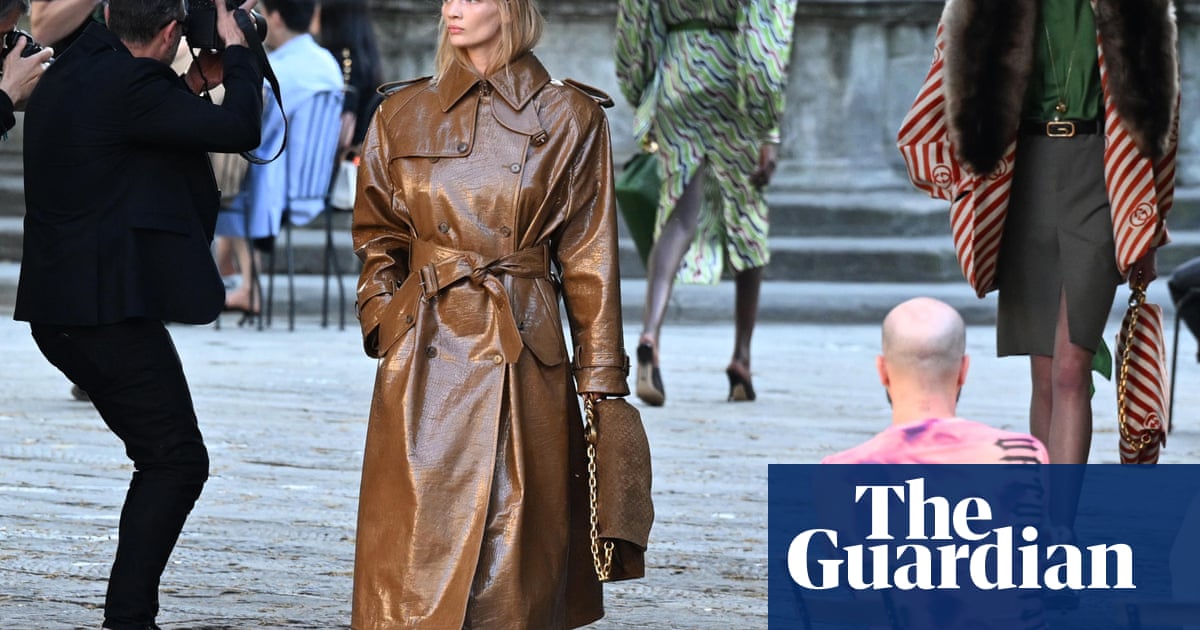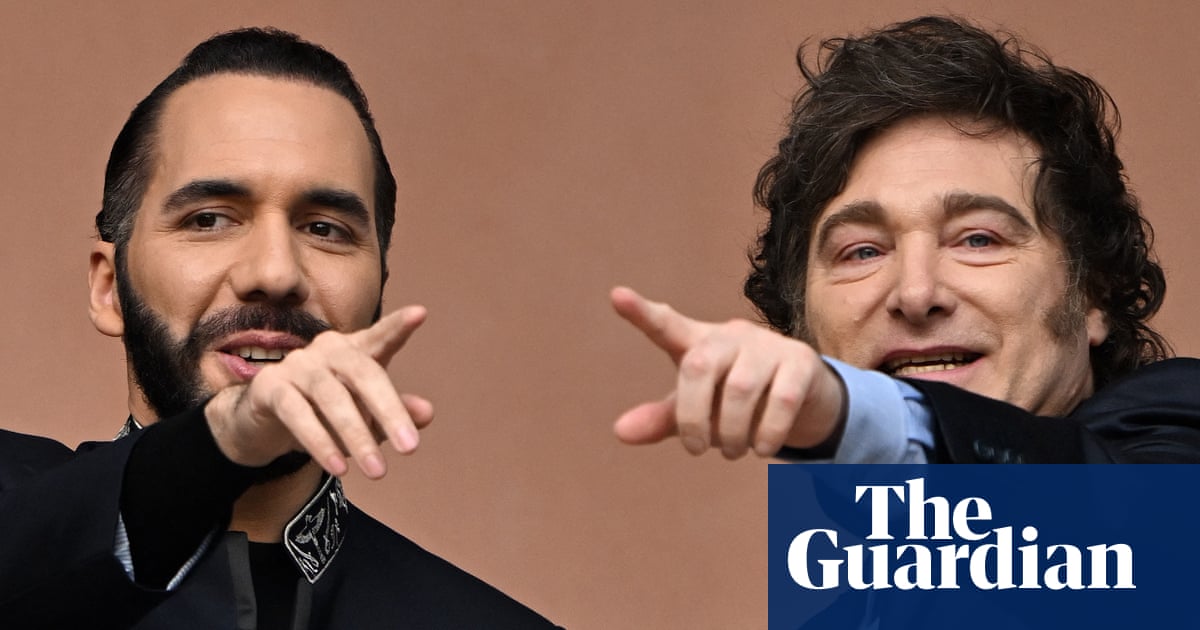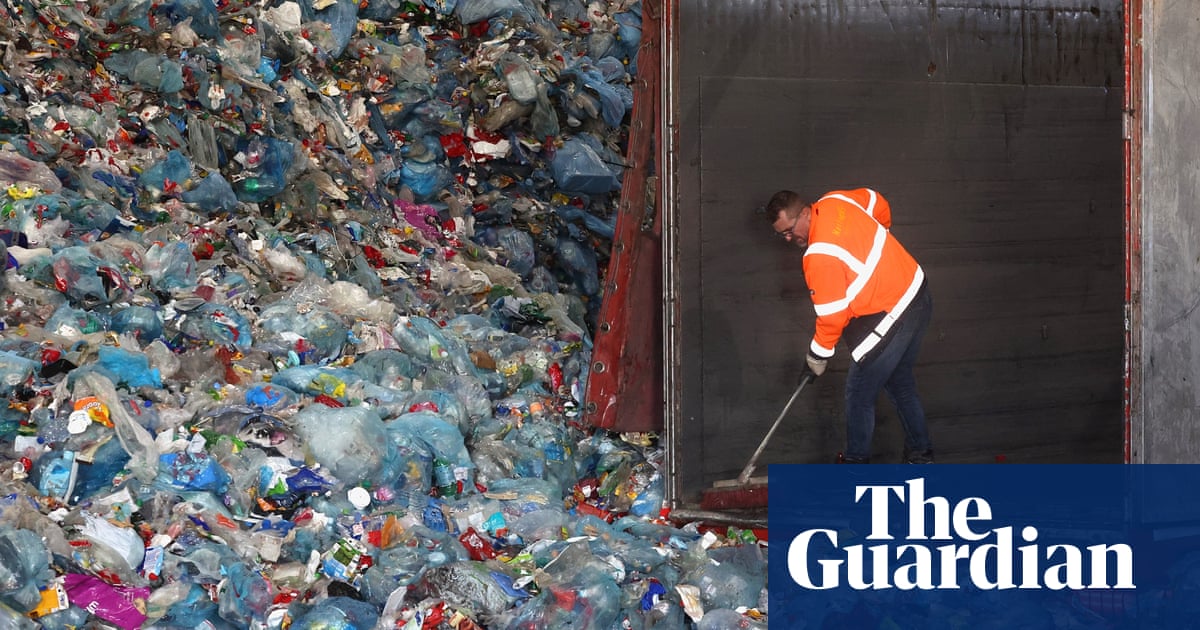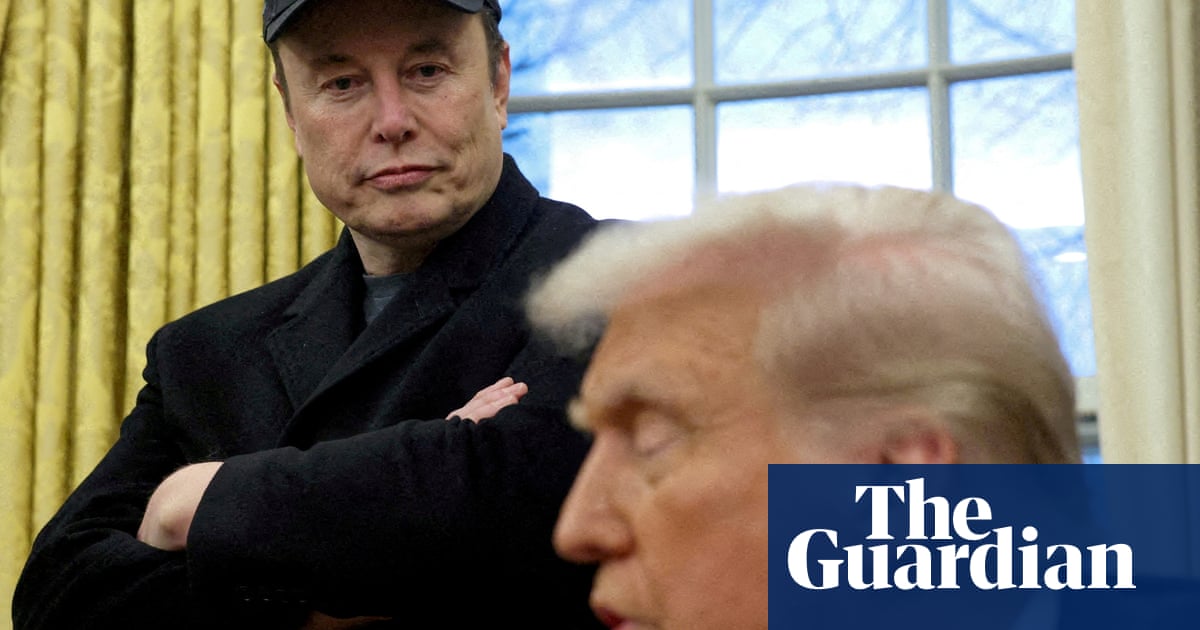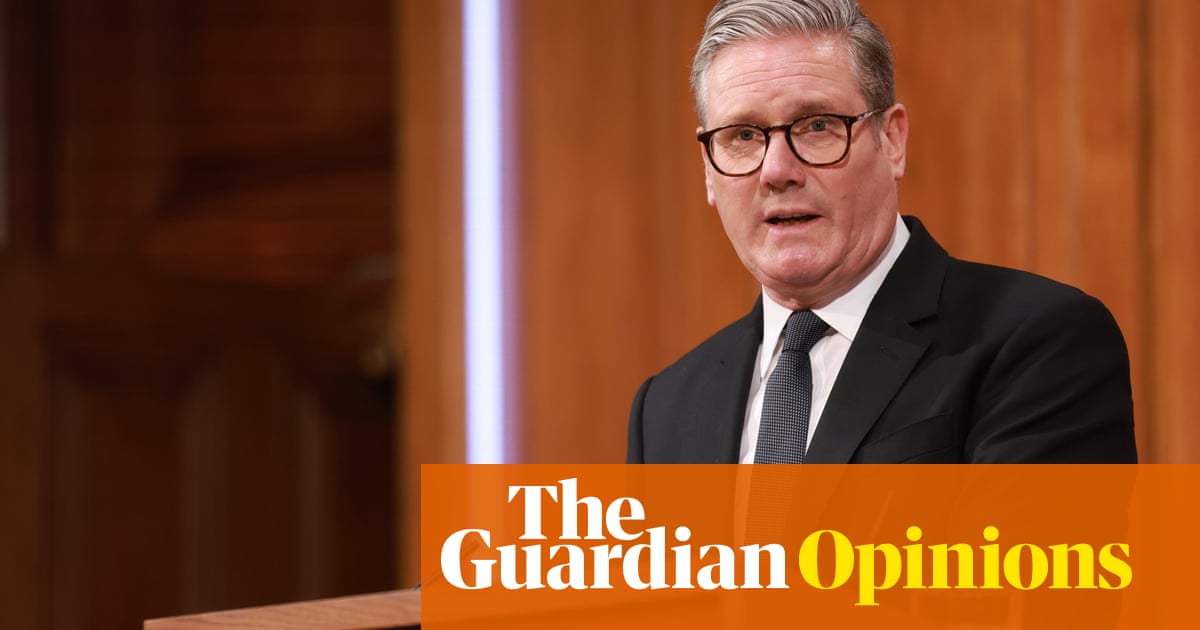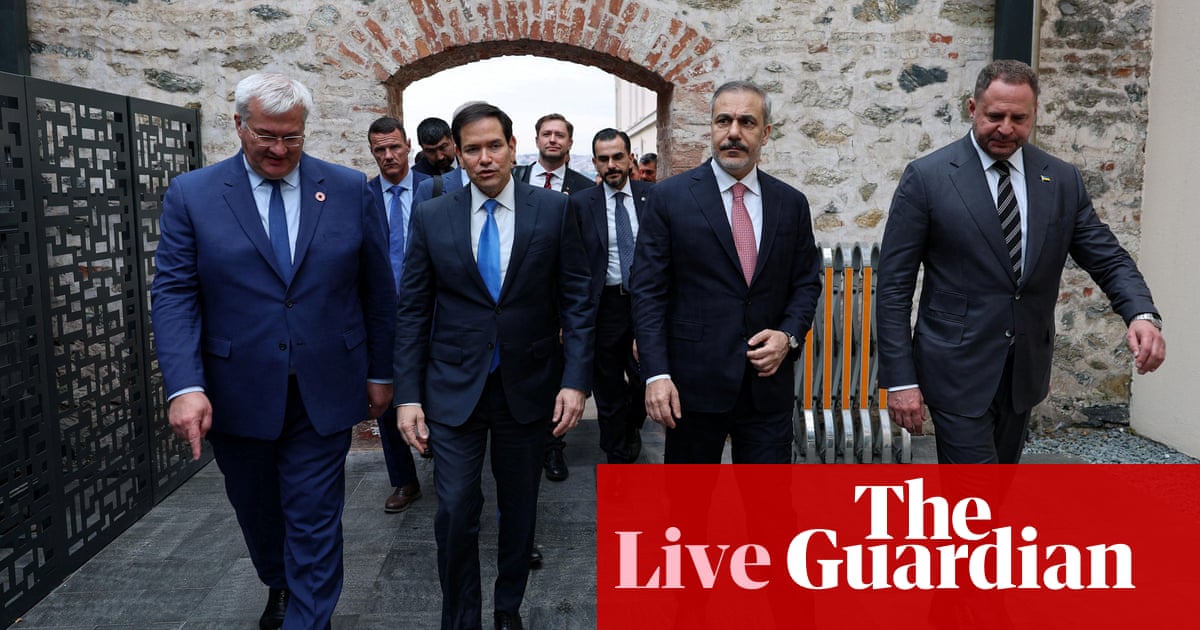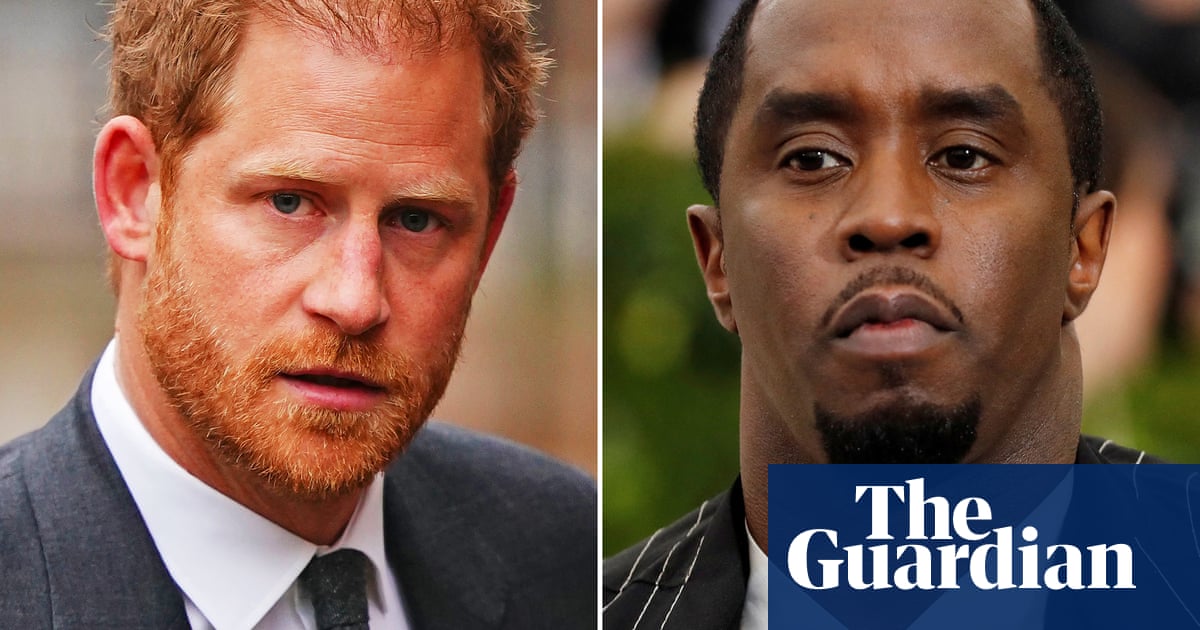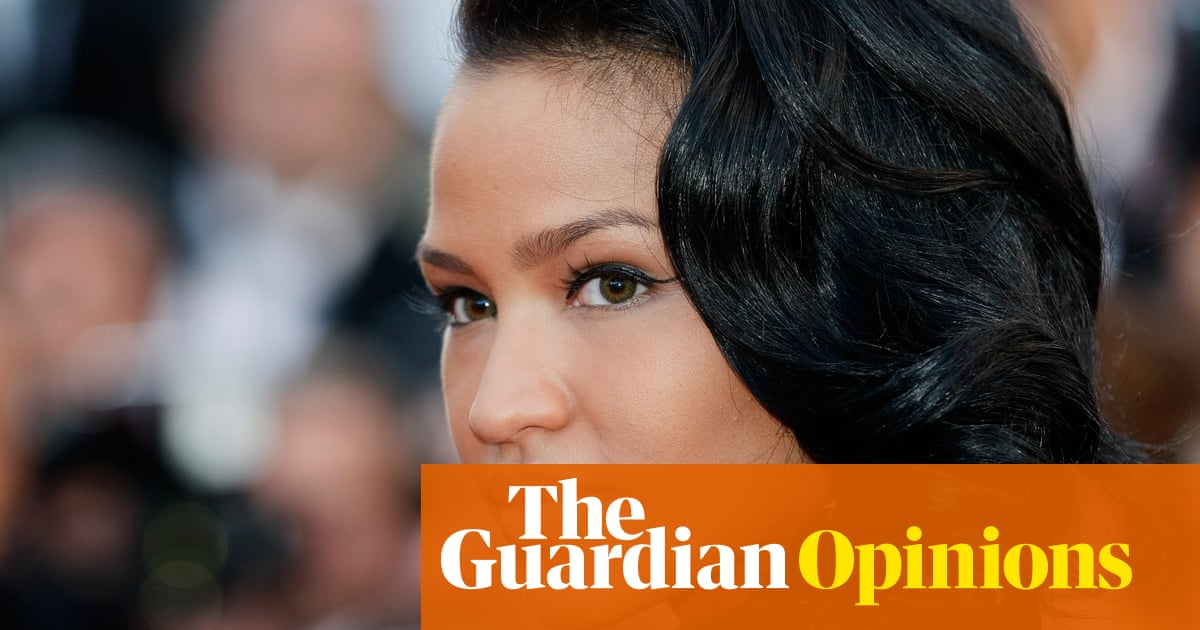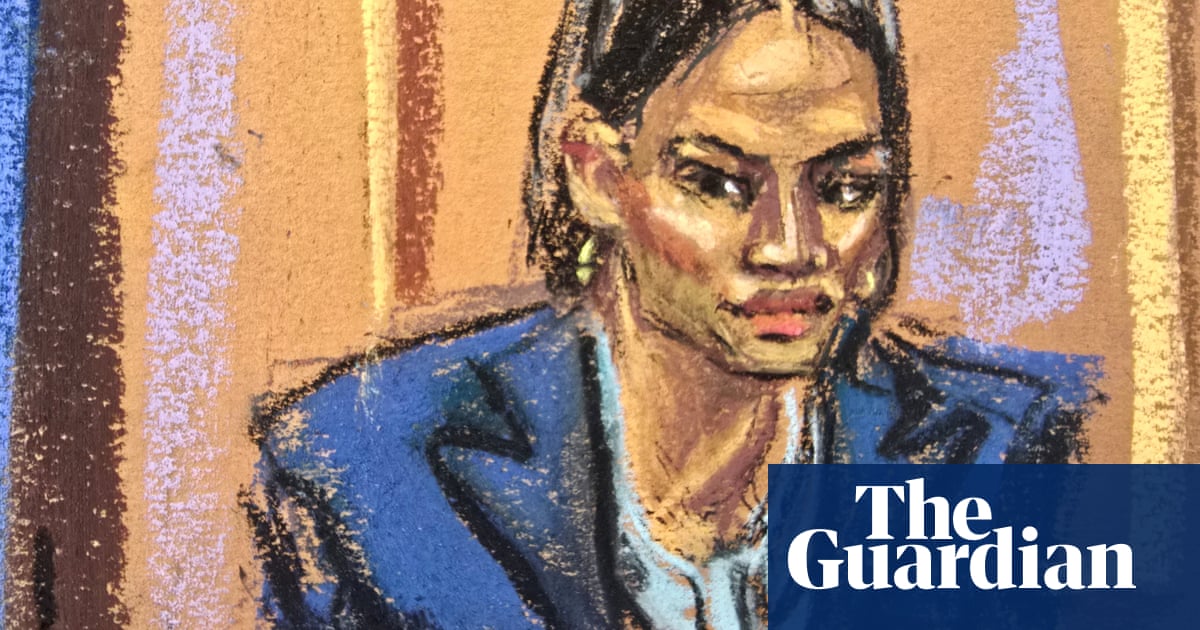In 2006, Ahmed al-Sharaa was sitting in a US prison in Iraq, then an al-Qaida fighter waging jihad against what he viewed as an American occupation of the Middle East. Nearly two decades later, on Wednesday, he posed for a photo with the US president Donald Trump in Riyadh after discussing normalising ties with Israel and granting US access to Syrian oil.
The transformation of Sharaa over the last 20 years from al-Qaida fighter to the president of Syria, sharing the world’s stage with foreign leaders like Trump, is staggering. For Syrians, the pace of change has been whiplash-inducing.
In just six months after the toppling of former president Bashar al-Assad, Syria has gone from a global pariah under some of the world’s most intense sanctions regimes to a country of promise. On Tuesday, Trump announced he would end all US sanctions on Syria, a move he said “gives them a chance at greatness”.
In Syria, a weary country is finally seeing light at the end of the tunnel. Eyes were glued to television screens which replayed video of Sharaa meeting Trump and hands gesticulated fervently as debates over the sanctions ending raged throughout the country.
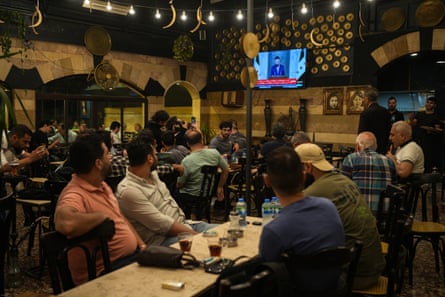
“You need to wait a bit, there are steps that need to be taken by the experts,” an elderly man cautioned his peer, pausing for breath as they struggled to cycle up the narrow streets of old Damascus. Their slow ascent on rickety-framed bicycles is a common sight in Damascus, where cars and fuel have become increasingly out of reach for much of the country’s war-battered, sanctions-laden population.
Trump’s sudden announcement exceeded even the most optimistic of Syrians’ expectations. The US state department had been engaged in months of diplomacy with the new government, haggling over a set of conditions which would lead towards sanctions relief.
In typical Trump style, conditions were thrown aside in favour of a sudden, bold announcement that “all sanctions” would stop. The image of Trump shaking hands with Sharaa cemented what seemed inconceivable just days before: Syria was turning a page in its history.
But experts have stressed that removing sanctions is complicated and that it will be a while before ordinary Syrians feel the effects of sanctions relief.
“The immediate impact is a good one. A lot of the regional investors that were eyeing the Syrian economy will be encouraged to move in. But big investors will take a bit more time,” said Sinan Hatahet, the vice-president for investment and social impact at the Syrian Forum.
He estimated that it could take from six months to up to a year for Syrians to feel a difference in their standard of living.
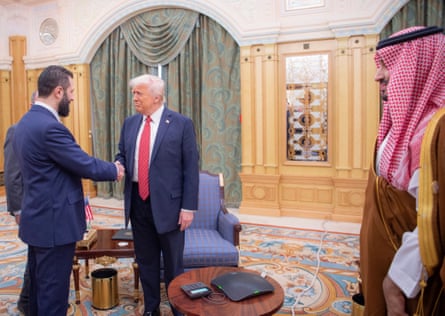
Syria has been under some form of US sanctions since 1979, but it was after the former Syrian president al-Assad started violently suppressing peaceful protests in 2011 that the US created a virtual economic embargo against the country.
Starting with Obama, the US built a multi-layered web of sanctions on Syria through a mixture of executive orders and congressional legislation. Among the harshest of the sanctions was the 2019 Caesar Act, renewed in late December, which imposed sanctions on not only the Syrian government but also anyone who did business with it.
Trump can wave away sanctions imposed via executive order, but would need a congressional vote to repeal the Caesar Act, which is set to expire in 2029. Here, there could be a stumbling block. There are deep reservations about Sharaa – who had a $10m bounty on his head until December – in Washington.
Even among certain members of the Trump administration, particularly those in the evangelical wing, there are concerns over the Islamist government in Damascus.

These fears were only redoubled in late March after an attack by pro-Assad fighters led to a wave of retaliatory killings of nearly 900 civilians, mostly Alawite, on Syria’s coast. Rights groups said that pro-government fighters were responsible for many of those civilian deaths.
Nonetheless, the image of Trump standing side by side with Sharaa marked a milestone for the new Syrian government, which viewed a meeting with the US president as a gateway to international legitimacy. The 37-minute meeting was the culmination of months of diplomacy by Qatar, Saudi Arabia and Turkey, which have emerged as key pillars of support for the nascent government in Damascus.
The nod from the US also came despite Israel’s strong rejection of Sharaa and his government in Damascus. Israel has refused to allow the new Syrian government to deploy its army in south Syria and has conducted hundreds of airstrikes on Syrian territory since the fall of Assad in December. Sharaa, by contrast, has said he does not want conflict with Israel.
“I think Trump was having his doubts about the Israeli policy to put a freeze on Sharaa and keep Syria disunited and weak, which is what the Israelis were pitching to everyone in Washington,” said James Jeffrey, who was the Syria envoy in Trump’s first administration.
Jeffrey pointed to a lack of Israeli airstrikes in Syria in the last 10 days as evidence that even within the Israeli establishment concerns were beginning to emerge about Israel’s aggressive posture towards Syria.
The apparent easing of hostilities, even if brief, has helped feed a cautious but growing optimism in Syria, as the country’s economic and international isolation seemed to be coming to an end after nearly 14 years of war.
“Finally, we are taking a step forward. Now my kids have a future, maybe they will have some chance to succeed,” said Maher Nahas, a 42-year-old jeweller and father of two who lives in Damascus.

 7 hours ago
5
7 hours ago
5
